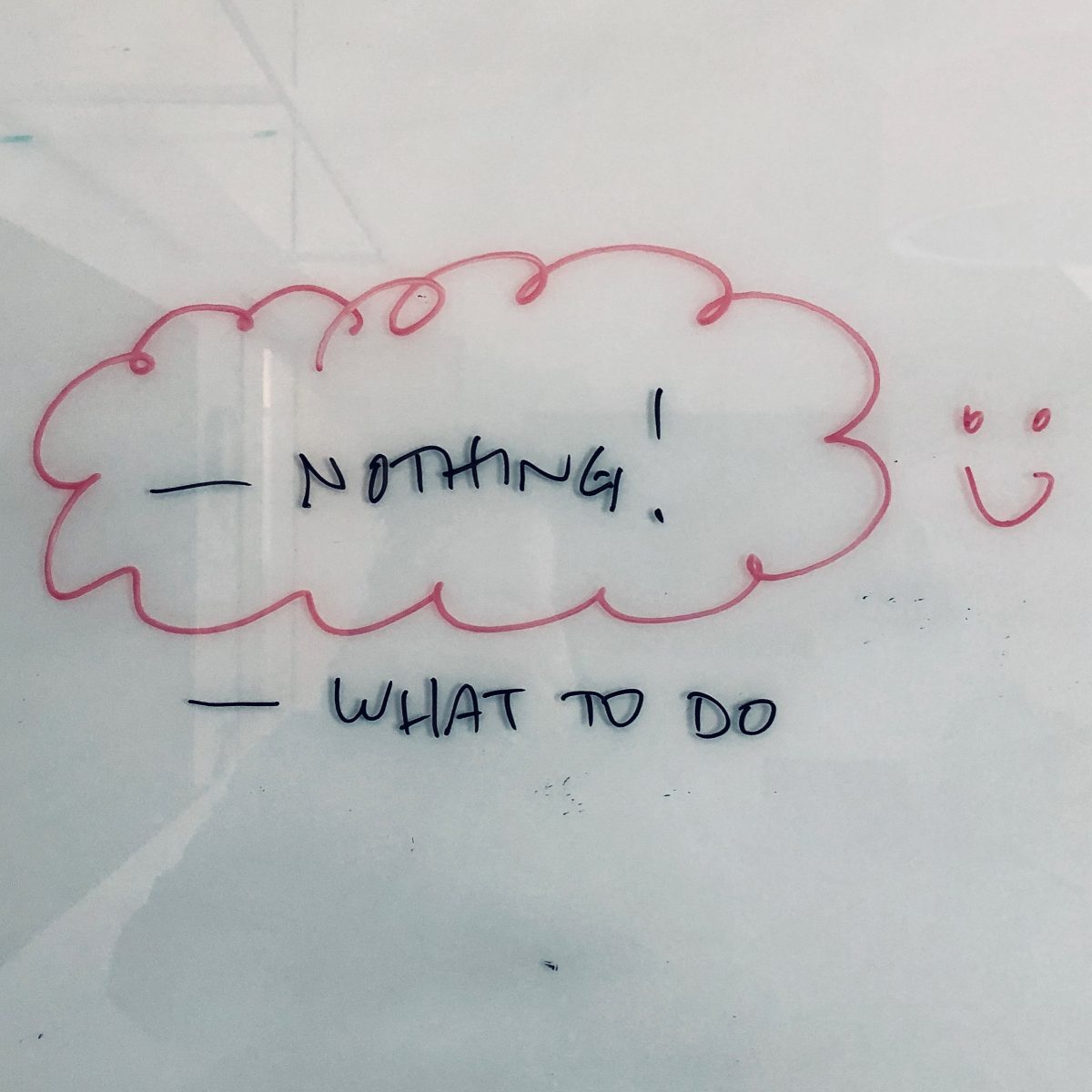When everything stopped, Marina Zurkow was teaching social practice and art at Bennington College, in Vermont. In her imagination, Zurkow’s Brooklyn studio is a “sad little empty place,” although in reality she has given another artist access. Zurkow remains in Vermont, in a Bennington dorm room. Outside “nature is tense, just about to erupt into glory.”
If there is a hopeful side to the pandemic, Zurkow sees it in “people connecting with more than the human world. People are able to breathe clean air. There are places in India where people can see mountain ranges in the distance for the first time in their lives.” But Zurkow won’t let this romantic vision be a distraction from reality. “That is if they are capable of taking the time to look up and appreciate it,” she adds. “The condition on the ground is very distressing for many poor and migrant communities.”
“Hope is the thing with feathers,” Emily Dickinson wrote—light and delicate; powerful and resilient. Zurkow returns to the paradox of hope, “If people connect this lack of human production to the clear skies, and to a more livable life, maybe people will be activated toward change” and stop “pretending that there is only a life in work to be had.” On a cold empty campus, Zurkow is “curious about the other side.”
The Thirsty Bird, Zurkow’s large-scale video, is the last exhibition still on view at CAM, playing on the museum’s facade from dusk to midnight each evening. On one side of a black-and-white split screen an animated oil rig (a.k.a. “thirsty bird” in oil-patch parlance) rises up and down eternally, with the occasional critter scampering past it; on the other side, line-drawn human figures (a woman and her dog, a man in a hard hat, a mother and her baby, a cowboy, an Indian) bend from the waist to drink from a water fountain, rise back up and exit for the next thirsty person to come along. Zurkow spent two-weeks in Texas’s Permian Basin, doing field research on a “wicked problem”: oil and water. Two essential elements that don’t mix, they are precariously intertwined on a planet in which the human species has become mightily dependent on petrochemicals to live. A planet, and the nearly nine-million species that dwell there, which are dependent on water to live, too. A wicked problem.
The Thirsty Bird is one of the results that came out of Zurkow’s drive across the Texas prairie, with stops to take photos and talk to locals, encountering “so many gracious, kind people.” She met “people who don’t want to talk to you and people who don’t talk at all; but also people willing to not only talk, but willing to leave their guns at the door. Sometimes literally.” On all her stops at roadside diners and on people’s porches, “it required a chain of checks and vetting before one oil person would talk to me.” You can read her Texas journal on her blog.
She tells me that all across the distances she traveled, where fracking dominates the economic landscape, there was the strong odor of “hydrogen sulfide in the air. Nobody smells it.”
So in the midst of a pandemic that is hard to ignore, Zurkow wonders if clear skies in cruelly polluted places might serve as “incredible activators.” But quickly she considers a future that is painfully more likely. She observes, “The further insult to the climate—more stockpiling of fossil fuels going on. It’s like the Wild West, right now, with land grabs made in plain sight.
“Will a lot of us make the realization that it’s not so bad having certain constraints—if the virus hasn’t decimated us physically or economically—or will we go right back to eating and consuming the way we have habitually?”
She worries that this period of “extreme, total dislocation, where you are projected onto Zoom and suddenly thrust—bodiless—into another virtual space…. Do you even say ‘How are you?’ ‘Where are you?’”
On the other side, she wonders, “How do you rethink the ground on which you live?”
—Eddie Silva
